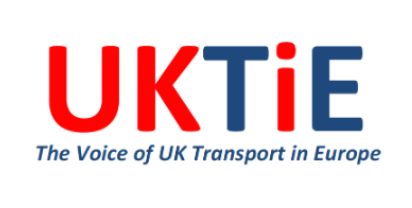Time-limit for receipt of tenders: 19/09/2011
The development of transport policy needs to be supported by robust quantitative analysis, providing a comprehensive and consistent picture of the European transport sector and its evolution. Transport modelling is an important tool for providing such quantitative analyses of transport activity trends as well as the effects of alternative framework conditions (e.g. energy prices, macro-economic developments) or policies (e.g. internalisation of external costs, market stimulation for accelerated uptake of new technologies, deployment of Intelligent Transport Systems, etc.). In addition to providing a trend projection (baseline or reference case) with current policy approaches being maintained at present intensity throughout the projection period, transport modelling needs to show the consequences of changes in framework conditions or policy approaches, by providing the quantitative basis for scenario analyses.
In March 2011, the European Commissions adopted the White Paper “Roadmap to a Single Transport Area – Towards a competitive and resource efficient transport system” The White Paper is a strategic document that assesses recent transport policy, looks at long-term challenges and draws a framework for policy action in the next ten years. In line with the flagship initiative “Resource efficient Europe” set up in the Europe 2020 Strategy and the new Energy Efficiency Plan 2011 the White Paper acknowledges that the paramount goal of European transport policy is to help establish a system that underpins European economic progress, enhances competitiveness and offers high quality mobility services while using resources more efficiently.
In practice, transport has to use less and cleaner energy, and better exploit a modern infrastructure. The analysis undertaken by the Commission shows that to ensure the consistency with the longterm requirements for limiting climate change to 2°C and the EU overall target of reducing emissions by 80 to 95% by mid-century, a reduction of at least 60% of greenhouse gas emissions (GHG) is required from the transport sector. In this context, the White Paper proposes ten goals for a competitive and resource efficient transport system, which should be seen as benchmarks for achieving the 60% GHG emissions reduction target and should help assess progress. The importance attributed to competitiveness aspects in the White Paper requires that the proposed modelling framework enables to simulate feedbacks from the transport system to the economic system. In addition, achieving deep GHG emissions reductions in the transport sector, while at the same time not compromising mobility, will not be possible without the use of alternative fuels and propulsion systems. Therefore, the proposed modelling framework would also need to consider dynamic “linkages” between transport and energy modelling.
For tender specification – click here.
For tender invitation – click here.


No responses yet